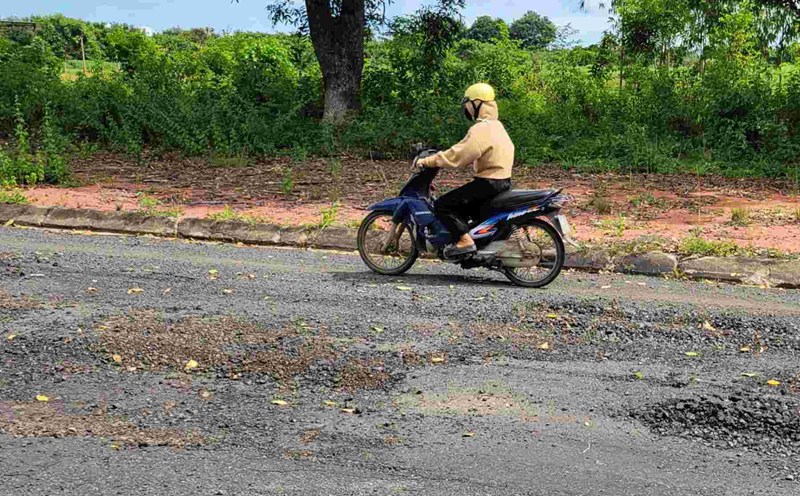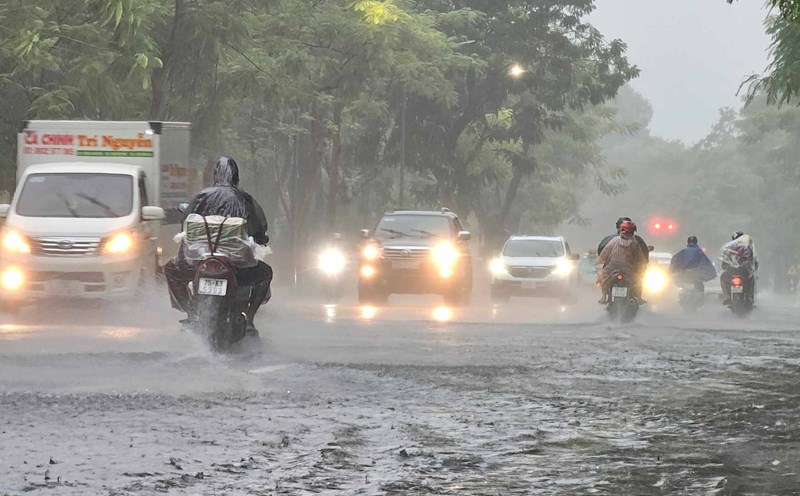Tires are an essential part that comes into direct contact with the road surface, so when they wear down unevenly, it will greatly affect the safety, driving feel and life of the vehicle. Knowing how to recognize early and handle it properly will help you avoid unnecessary risks and costs.
Signs of uneven tire wear
Observe the tire surface: Check the contact surface with the road: if there is a deeper or shallower wear zone in different locations (external edge, inner edge, middle of the tire), it is a sign of uneven wear.
Vehicles being dragged off when driving in a straight line: When you drive on a straight line and the vehicle deviates to one side, it is likely that one or more wheels have been unevenly worn or there are adjustment errors.
Strange noises when moving: If you hear unusual complaints, throbbing, "shattered" noises or whistling noises when the vehicle is running on a straight line, the tire may be wearing unevenly.
Why are wear and tear tires not dangerous?
Reduced ability to stick to the road, especially when braking suddenly or the road is slippery
facility to lose control of the vehicle
Causing vibrations, making it difficult to control the steering wheel
Reducing tire life, having to replace tires earlier than expected
More fuel consumption due to increased resistance
How to handle when detecting uneven wear and tear
Check and adjust tire pressure: Check your tire pressure regularly (at least every month or before long trips). Ensure the pressure according to the manufacturer's recommendation.
Regularly rotate tires: rotate the rear tire position for about 5,000 - 10,000 km to ensure the tire is wear and tear evenly. Tire rotation should be done at the garage to ensure technical accuracy.
Balance and adjust the wheels: Balance helps distribute weight evenly to the wheels, the adjustment helps the wheels move straight, without being deviated. This is an important step to prevent tires from wearing unusually.
Check the shock absorber and shock absorber system: If the shock absorber or suspension is weak, the tire will not come into contact with the road surface and will be prone to erosion. Change or repair when needed.











